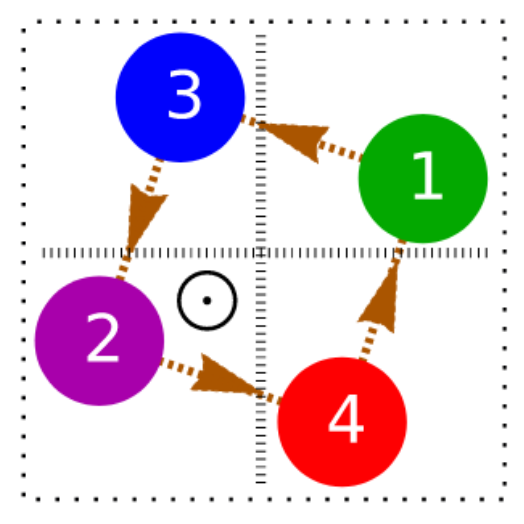
A paper proposing a novel way of breaking time-reversal symmetry in superconductors has been published in New Journal of Physics
Our paper on loop supercurrent order has been published in the open-access New Journal Physics. In it we propose a new way superconductors can break time-reversal symmetry spontaneously which works even if the electron pairing is singlet, on-site, intra-orbital and without breaking the lattice translation symmetry. The trick is to condensed the Cooper pairs with a different phase of the order parameter on different sites within the unit cell. This leads to Josephson currents which generate magnetic fields whose size is compatible with what is observed experimentally in some real materials. Follow the link below to read the full text of our paper:
Time-reversal symmetry breaking in superconductors through loop supercurrent order
Sudeep Kumar Ghosh, James F Annett and Jorge Quintanilla
New J. Phys. 23, 083018 (2021)
https://doi.org/10.1088/1367-2630/ac17ba
Abstract
We propose a novel superconducting ground state where microscopic supercurrent loops form spontaneously within a unit cell at the superconducting transition temperature with only uniform, onsite and intra-orbital singlet pairing. As a result of the circulating currents time-reversal symmetry (TRS) is spontaneously broken in the superconducting state. Using Ginzburg–Landau theory we describe in detail how these currents emerge in a toy model. We discuss the crystallographic symmetry requirements more generally to realize such a state and show that they are met by the Re6X (X = Zr, Hf, Ti) family of TRS-breaking, but otherwise seemingly conventional, superconductors. We estimate an upper bound for the resulting internal magnetic fields and find it to be consistent with recent muon-spin relaxation experiments.
arXiv trackback URL: https://arxiv.org/trackback/1803.02618